Exploring the Next Gold Mine for Automakers Amidst Heightened Competition
![]() 07/04 2025
07/04 2025
![]() 591
591
Lead
In May 2025, the nationwide inventory of passenger vehicles surged to 3.45 million, marking a year-on-year increase of 160,000 units. This inventory could sustain sales demand for 54 days, setting a new peak for industry stock levels in nearly two years. How can the automotive industry address its oversupply issue?
Produced by | Heyan Yueche Studio
Written by | Cai Jialun
Edited by | He Zi
2456 words in full text
4 minutes to read
Amidst a maturing Chinese automotive market, automakers are grappling with price wars and intense CEO rivalry. Coupled with the standardization of new energy vehicle (NEV) safety standards, supply chain payment relief, and the end of the "high interest, high returns" era, automakers now eye two key markets for growth: rural areas and overseas.
While going overseas is a necessary step for Chinese automakers to achieve high-end internationalization, the global market's complexity poses significant challenges. In contrast, as national policies shift focus towards China's vast rural areas, it signals a timely opportunity for NEV makers to tap into the underserved market.
Recently, the Ministry of Industry and Information Technology, the National Development and Reform Commission, the Ministry of Agriculture and Rural Affairs, the Ministry of Commerce, and the National Energy Administration jointly issued a notice to launch the 2025 New Energy Vehicle to the Countryside campaign. The list of participating models includes 124 vehicles from renowned brands such as BYD, Geely, Tesla, NIO, and Wuling.

So, can the New Energy Vehicle to the Countryside campaign truly become a new incremental market for automakers? What challenges will leading NEV makers face in this underserved market?
Riding the Policy Wave
This year marks the sixth iteration of the New Energy Vehicle to the Countryside campaign. In July 2020, the Ministry of Industry and Information Technology, the Ministry of Agriculture and Rural Affairs, and the Ministry of Commerce jointly launched the campaign. By 2024, 24 special events had been held in 10 provinces (cities), with participating automakers cumulatively unveiling nearly 270 models.
According to data from the China Association of Automobile Manufacturers, from 2020 to 2024, total sales of models in the campaign increased from 397,000 units in 2020 to nearly 7.6 million units in 2024. From 2021 to 2024, sales of NEVs in the campaign grew by 169.2%, 87%, 123%, and 31.86% year-on-year, respectively.
Since the campaign's inception in 2020, the annual sales of over 1 million vehicles in the rural market have demonstrated a clear demand for NEVs in China's extensive rural areas.
Furthermore, according to the "Research on Electric Vehicle Travel in Rural Areas of China" released by the China Electric Vehicle Hundred People Council, it is estimated that by 2030, rural China's car ownership per thousand people will reach nearly 160, with a total ownership exceeding 70 million vehicles and a market size of 500 billion yuan.
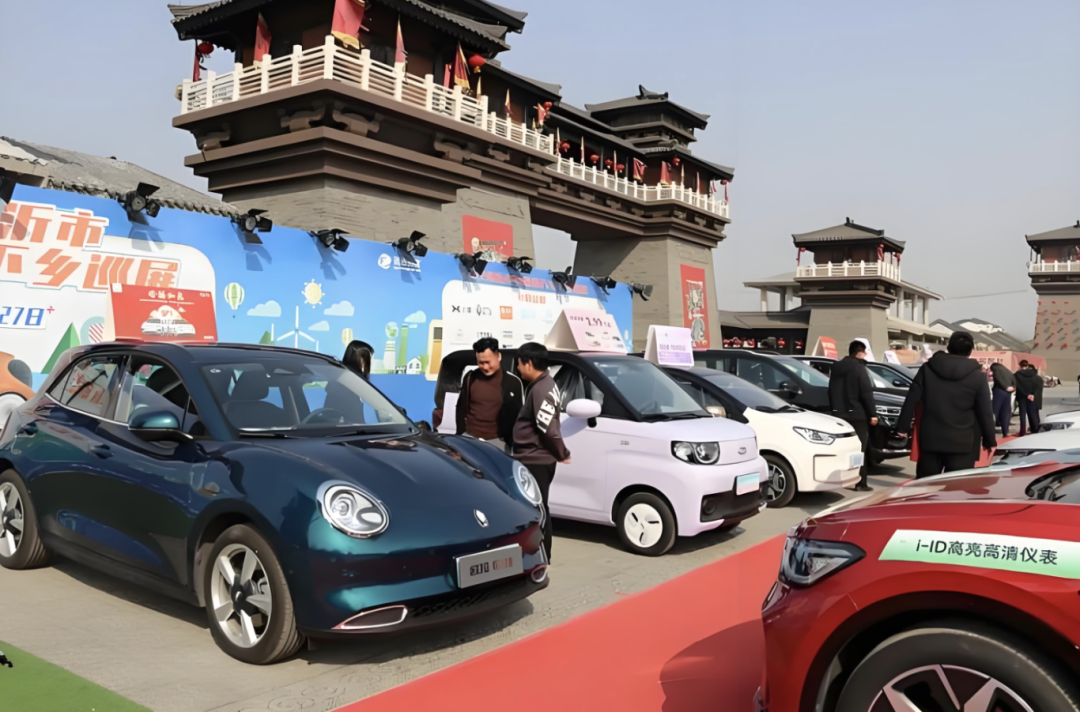
Therefore, for the 2025 campaign, the country has shown greater policy courage and commitment compared to previous years, offering incentives such as vehicle purchase tax exemptions, vehicle and vessel tax exemptions, trade-in subsidies, combined with local car purchase vouchers, automaker subsidies, and after-sales guarantees.
The intensification of policies reflects both the growth bottleneck encountered in the urban market and the full potential of China's rural market. The policy wind has been set; now, it's up to each automaker to tap into this incremental rural market.
A Distinctive Blue Ocean Market
Turning to the rural market, rural consumers prioritize durability, cargo space, and practicality when purchasing vehicles. Additionally, charging infrastructure in counties and townships is still under development. Consequently, based on past sales structures, rural market consumers prefer affordable plug-in hybrid and extended-range models. Data shows that the share of plug-in hybrid models in the rural market increased from 9.5% in 2020 to 34.8% in 2024.
Therefore, in the New Energy Vehicle to the Countryside campaign, automotive brands like BYD, Geely, and Leap Motor, which focus on plug-in hybrids and extended-range models, will have a distinct advantage. Notably, BYD, with a comprehensive lineup from A00-class to B-class SUVs, including models like BYD Xia, Leopard 5, and Seal EV, shows considerable ambition for this incremental rural market.
Moreover, as a cost-effective automotive brand, BYD will likely prioritize promoting models such as the Seagull, Dolphin, Yuan, and Song series in future campaigns. Among them, the Seagull, Dolphin, and Yuan models cater to rural consumers' demand for their "first car," shedding the perception of cheapness often associated with rural vehicles. The BYD Song series, on the other hand, focuses on meeting production, agriculture, and cargo/passenger transportation needs.
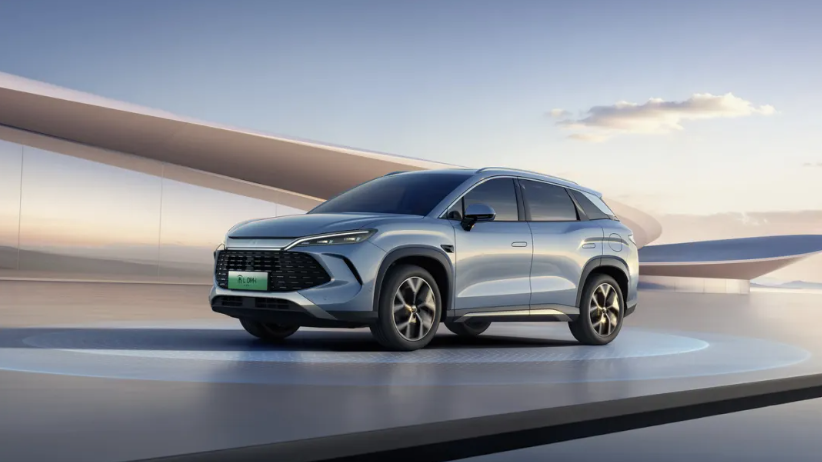
Of course, among the 124 NEV models participating in the campaign, products like the YIPAI eπ008, Deep Blue S07, and Geely Galaxy Starship 7EM-i, which are affordable and alleviate range anxiety, are likely to become preferred choices for rural consumers.
It's worth noting that many high-end brands have joined this campaign, including Tesla, NIO, Li Auto, Weiying Blue Mountain, and Zeekr. Notably, Tesla is participating for the first time.
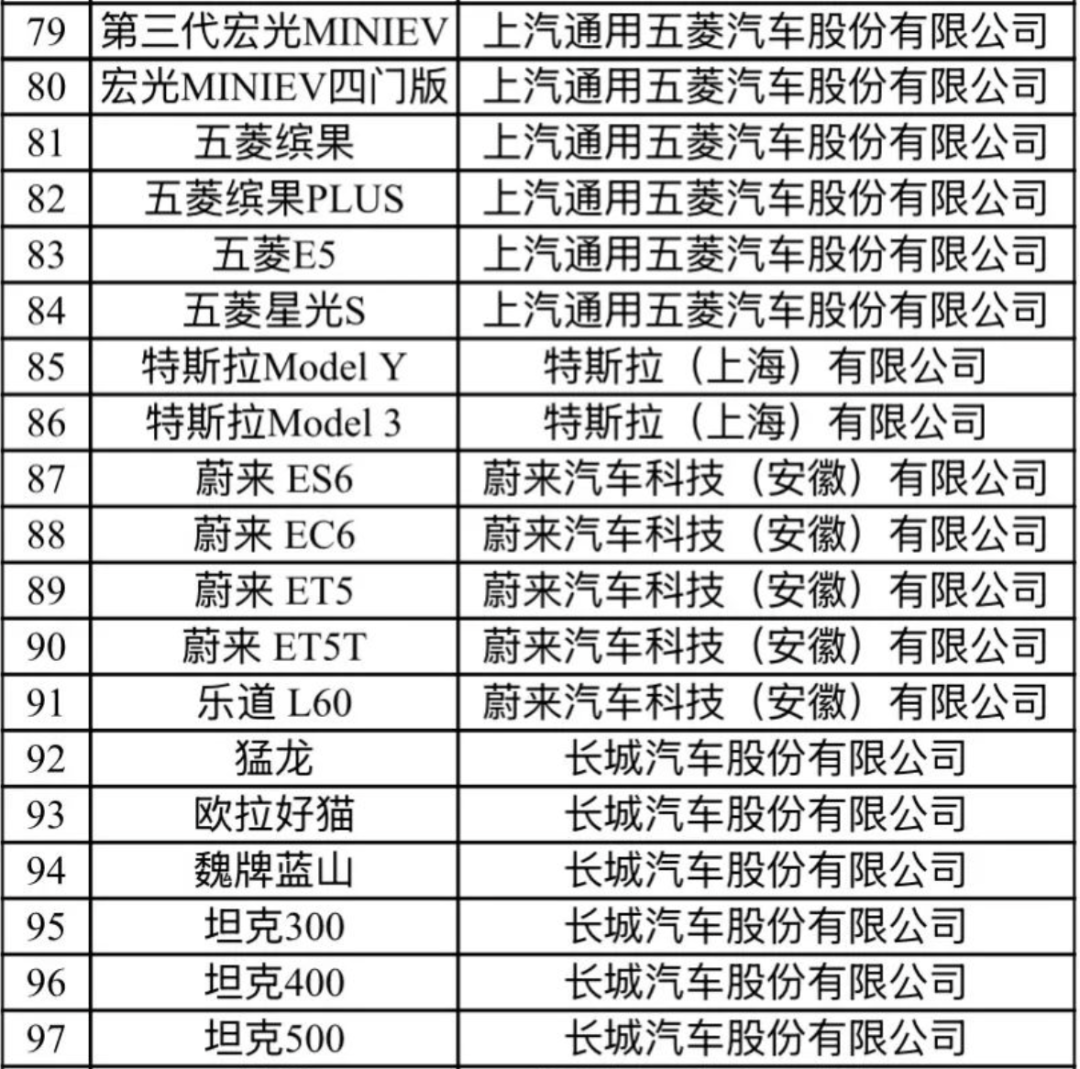
For high-end NEV brands, joining the campaign is more about leveraging it for brand promotion rather than targeting sales in the rural market. On one hand, these brands anticipate that the rural market, with an average car purchase budget of 80,000 to 100,000 yuan, will not significantly contribute to brand growth. On the other hand, it's a mutually beneficial partnership. High-end brands help dispel the notion that "going to the countryside equals low-end," while the campaign enhances their market recognition.
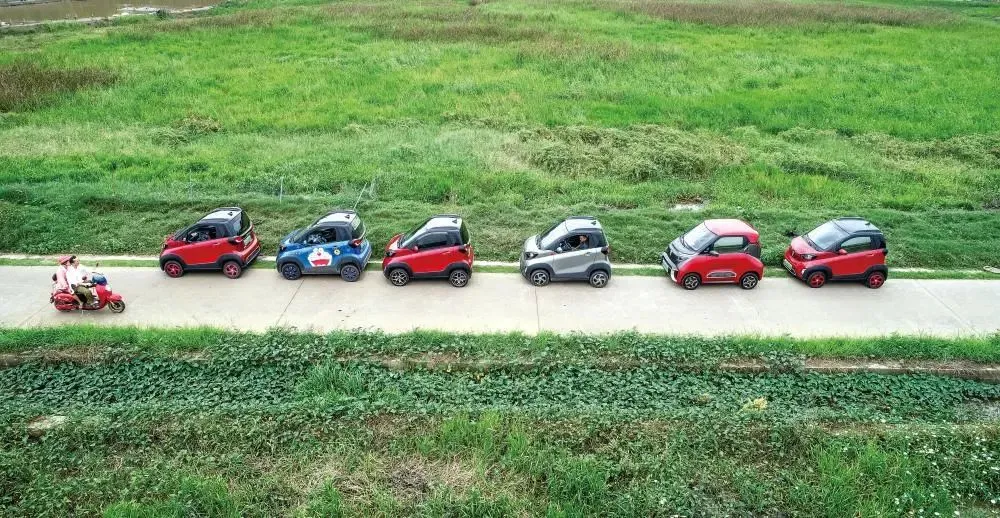
Challenges in the Underserved Market
China's vast territory brings significant deviations in consumer markets between cities and rural areas, as well as between the south and the north. For automotive brands to quickly gain market share in this new potential market, they must consider not only product adaptability but also undertake corresponding ecological training. A notable difference is that urban consumers value ceremony and emotional value, while rural consumers prioritize after-sales service and charging infrastructure for NEVs.
The "Notice on Launching the 2025 New Energy Vehicle to the Countryside Campaign" also encourages automakers to customize integrated promotional packages comprising "purchase incentives + energy support + service guarantees" and improve after-sales service networks covering the entire car purchase, use, and maintenance cycle.
Charging anxiety is a critical barrier for rural consumers transitioning from fuel vehicles to NEVs. Currently, the density of public charging piles in counties is only one-fifth that of core cities. According to data from the China Passenger Car Association, the coverage rate of charging facilities in rural areas is less than 5%. At this stage, the national solution is to implement the "Hundred Counties, Thousand Stations, Ten Thousand Piles" pilot project from 2024 to 2026, strengthening the planning and construction of charging and swapping facilities for NEVs in key towns and villages.
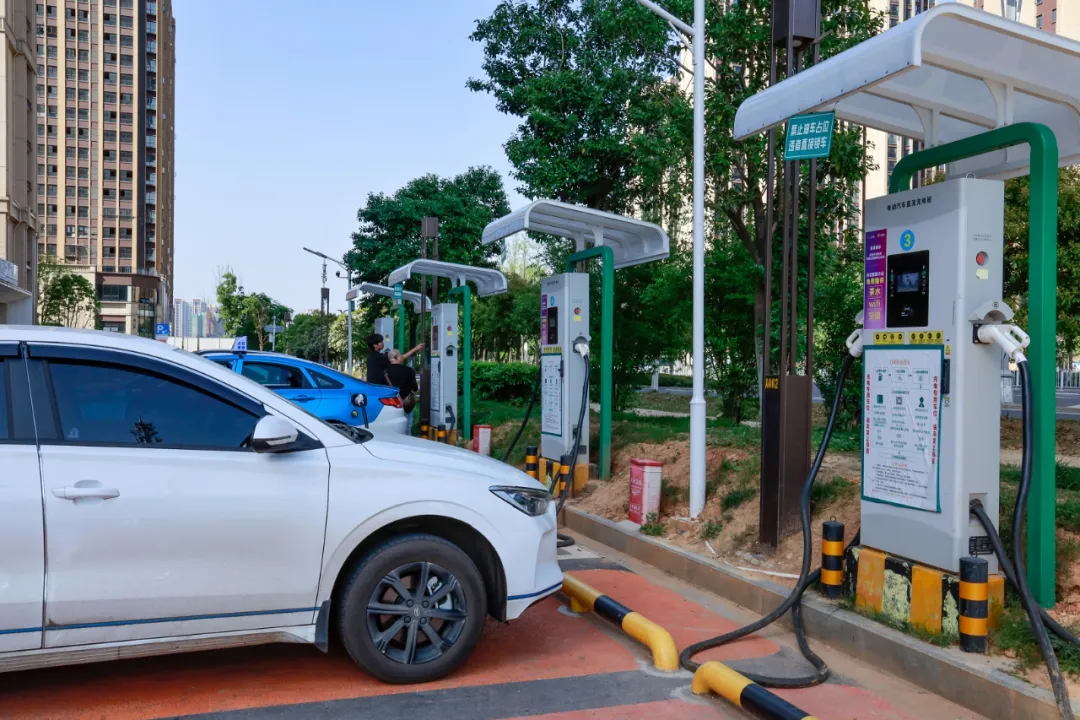
At the automaker level, for consumers with independent courtyards or homesteads, the best solution is to provide home charging piles with the car and offer free on-site installation services. Although the charging speed is slower compared to public fast charging piles, this addresses the "availability" issue.
For instance, NIO is advancing the "Home Appliances County-to-County Connectivity" plan. By the end of 2024, it had achieved county-to-county battery swapping connectivity in 27 provincial administrative regions, covering over 2,300 county-level administrative regions. From a user service perspective, NIO is likely to attract a group of rural consumers seeking upgrades in the future.
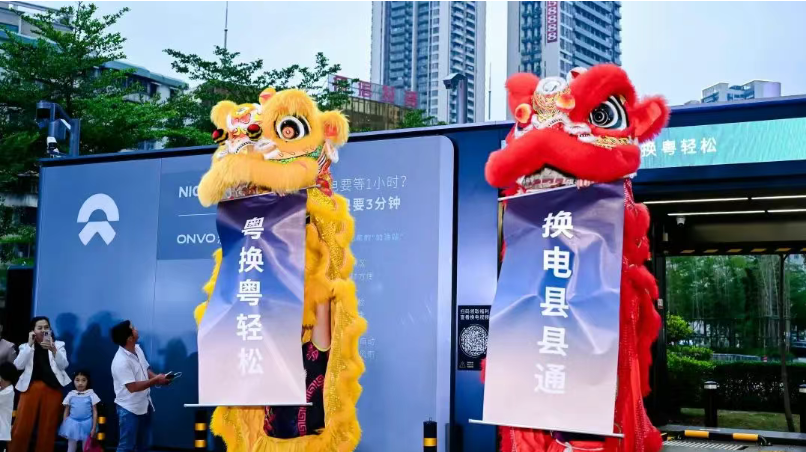
Another major pain point for rural consumers is the ease of buying but difficulty of repairing cars. This is evident in the lack of professional after-sales service outlets, inadequate maintenance capabilities for the three electric systems (battery, motor, and electronic control), and long repair waiting times on village and township roads.
Therefore, for automakers targeting the rural market as a new incremental market, truly going to the countryside and sustainably maintaining brand reputation ultimately depends on their attitude towards prioritizing rural consumers' needs and aligning their aftermarket configuration with that of first- and second-tier cities. Rather than expanding factories indefinitely to increase capacity, automakers would be better served by focusing on serving consumers well and investing in what matters most.
Commentary
The significance of NEVs going to the countryside extends beyond market expansion. After a decade of rapid urban growth, NEVs are accelerating their entry into rural markets. The task for automakers has transcended simply delivering transportation tools; it now involves transforming urban resources and industrial ecosystems into rural-friendly formats and embedding them into the intricacies of the underserved market. The New Energy Vehicle to the Countryside campaign is not merely about boosting sales but also supporting infrastructure construction. It must not be seen as a means to offload surplus products to rural areas.
(This article is originally created by Heyan Yueche and may not be reproduced without authorization)







